
Blogs
Why is UX Design important for Startups and Small Businesses
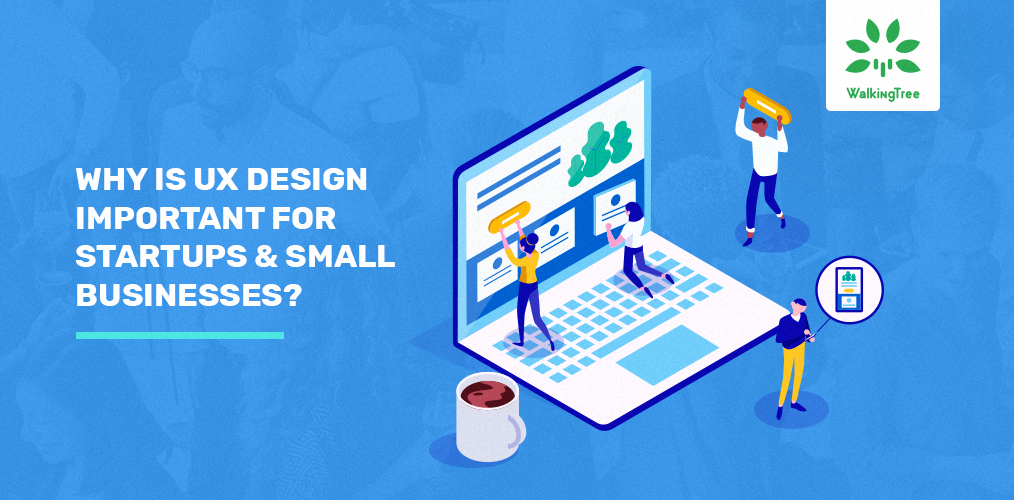

With the advancements in technology, the next differentiator will be ensuring a great experience. When it comes to a digital solution, people often call it the User Experience (UX). If your product is performing functionally well, then that might not be enough. It needs to function as the user may like it to and as something which will give them the highest amount of pleasure while using the product/service. It does take a real understanding of what a user may need, including openness for iterations and experimentation, and eventually deciding on the best possible approach which the users of the product will like and appreciate.
Meaning of UX to an Average User
As a person who may not be well informed about experience design, he/she will expect the following from a good UX design
- To meet the exact needs of the customer, without fuss or botheration
- A clean and no-clutter interface with excellent and consistent navigation, color, fonts, words, icons, etc.
- A design which improves the efficiency (i.e., minimalistic approach) of users
- A product/service which provides reasonable pleasure to users while working on it
Why is UX Design important for Startups and SMBs?
Ensuring a good experience is the responsibility of everyone involved in building a software product. However, different people and groups bring in different value-additions and startups are generally low on leverage available off-the-shelf.
Let’s note the following fact about Startup and SMBs:
- They generally have a new idea, or they will need to solve an already resolved problem in a more efficient way
- They are low on resources or face difficulty in hiring top talent, and they face fierce competition from the other startups and established corporates
- Their founders and product managers, being close to their product, are often immersed in the project and form biased opinions about what features are needed and where
- The passion, enthusiasm, and even a small degree of early success generally make them set high (or sometimes unrealistic) expectations with customers, investors, and other key stakeholders. Sustaining high expectations requires continuous effort and improvement
- Everyone looks at them with an element of doubt. Winning the customer’s trust is one of the most important challenges for any business, especially for a startup as it gets multiplied manifold
The challenges above mean that you do need to have control over things that you can control and keep looking for ways to minimize risks, while you keep trying to expand your reach. This means the following:
- Have an excellent clarity on your vision – The pursuit for perfection before starting generally paralyzes the thinkers and hence it is fine to accept that things can be improved later. However, having a clear vision about the actual needs of the customer saves us significant rework, time, and cost eventually.
- Prevent possible usability issues or problems from the outset – it is easy to start thinking in terms of “let’s get the functionality out of the door and then we will review the experience”. The point is that the first impression is the most lasting impression and you don’t want to mess that up for your customers.
- Don’t try to be everything to everyone – it is easy to give equal weight to all the possible users and try to complete everything. However, with limited resources, it is okay to onboard the most valuable users first and gradually onboard the others. Identifying the user persona and ensuring a great experience for the onboard users should be prioritized greatly.
With the availability of tools which allow us to create excellent wireframes, define interactions, and create prototypes with animation, it is possible to gain clarity and eliminate usability issues to a great extent. Of course, the final feedback from the actual end user in the production environment gives the correct picture. But that would be too late and too costly.
Furthermore, the design changes are far easier to make than the development changes. Hence, fixing problems at the design and solution level is far less expensive than fixing them at a later stage.
Key Benefits of using UX
We all understand that a good UX helps in better conversion, improved brand loyalty, and better acquisition of referral customers through word of mouth (which is the cheapest marketing strategy). However, we still delay the process of getting the UX right. When UX is used in the early stages of development you can notice the following benefits:
- Saves you time, money and an unpleasant experience upfront
- A more in-depth evaluation of your idea, which may give you a fair idea about whether you want to pursue it or not
- It eliminates various options which are not found optimal, which otherwise could have been identified as optimal after a full-fledged development
- Improves Maintainability
- While you can always come back and enhance the experience, the fact remains that any significant change in the UX requires huge refactoring efforts and you will have a feeling that you are rewriting your software
- Helps avoid scope, budget and time lapse
-
- A good UX gives a very close idea about what exactly needs to be done. This combined with the documentation of business logic, enables the developers to come up with accurate estimations and project plans, which lead to the timely delivery of the desired product/solution
Summary
Building software is a complex process and building the software for the optimal experience is even more challenging. However, the good news is that by engaging a proficient team in helping customers visualize precisely what is needed and working with the developers in getting the design correctly implemented, it is possible to deliver an optimum experience to end users.
For the startups, it becomes critical to get their experience design right, and engaging the UX designer from the beginning (or as early as possible) of the journey is super important. At WalkingTree, we encourage our customers to give experience design great importance, and for Startups and SMBs, we recommend it even stronger.
For any questions or advice related to UX development, call us today.
You may also be interested in reading other blogs related to UX from WalkingTree Technologies.


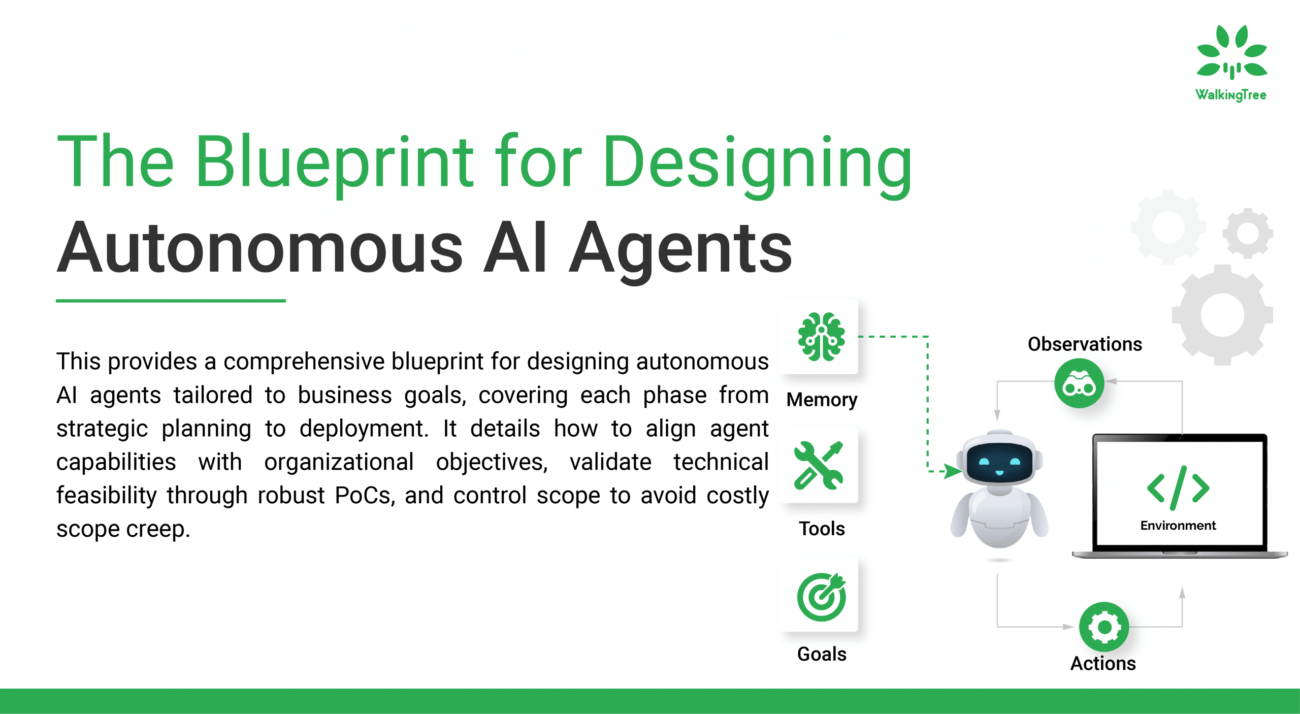
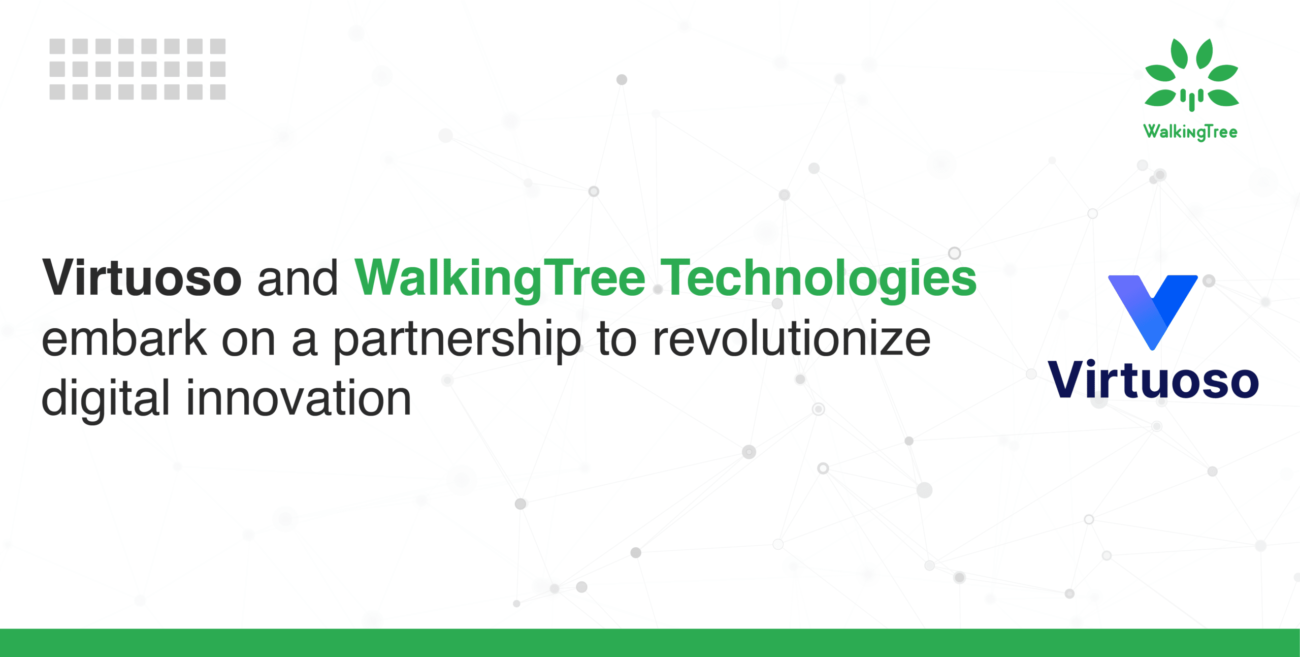
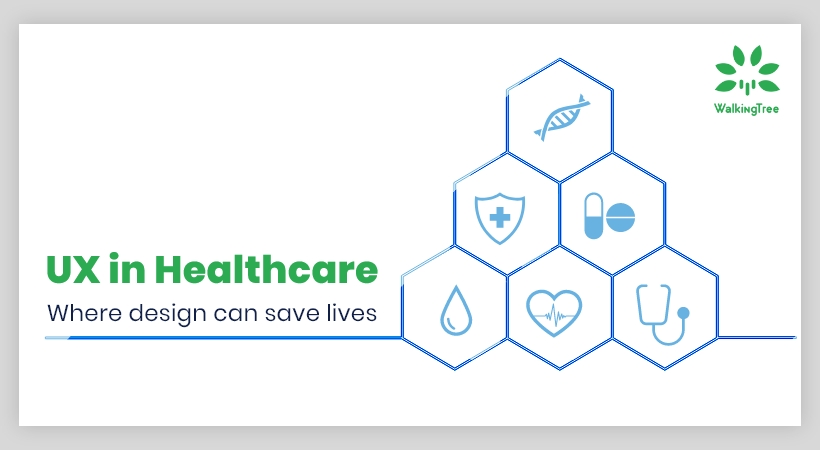
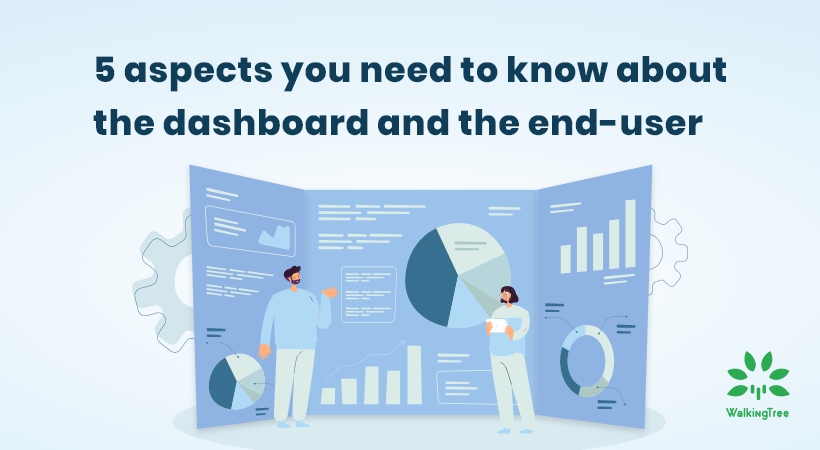
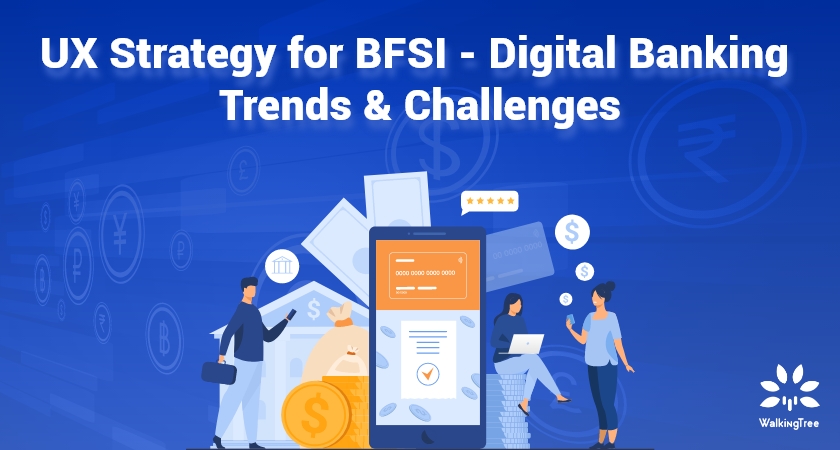
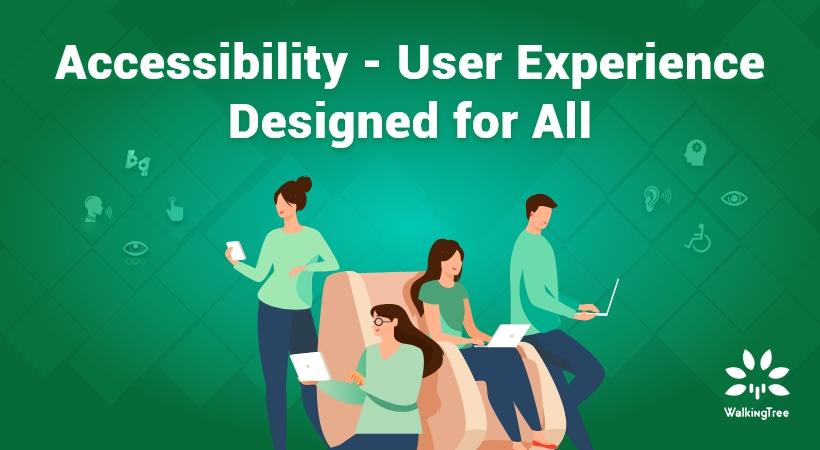



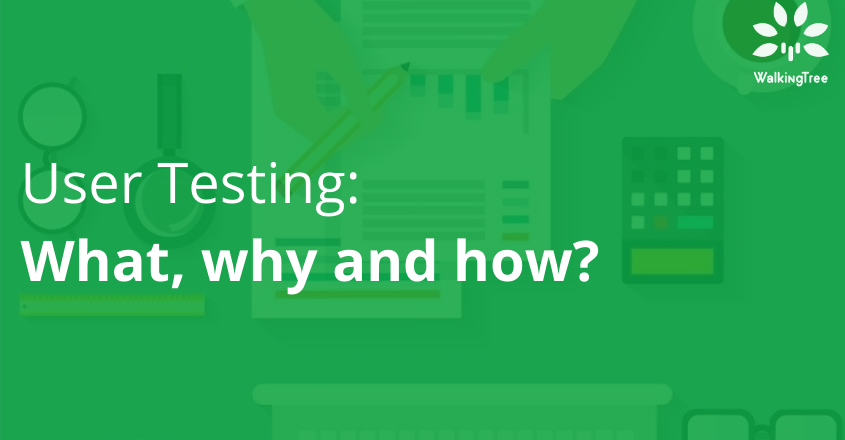

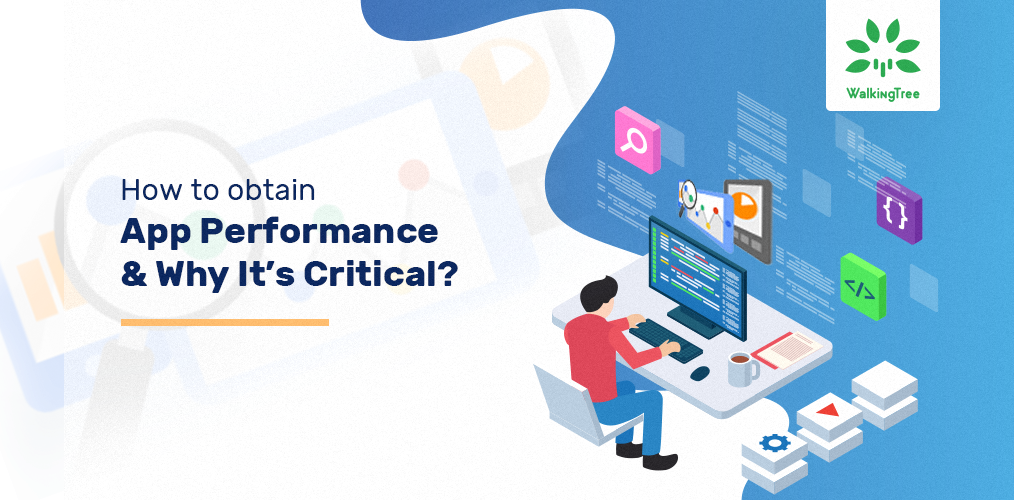
Hi thanks for sharing the content which is very helpful.